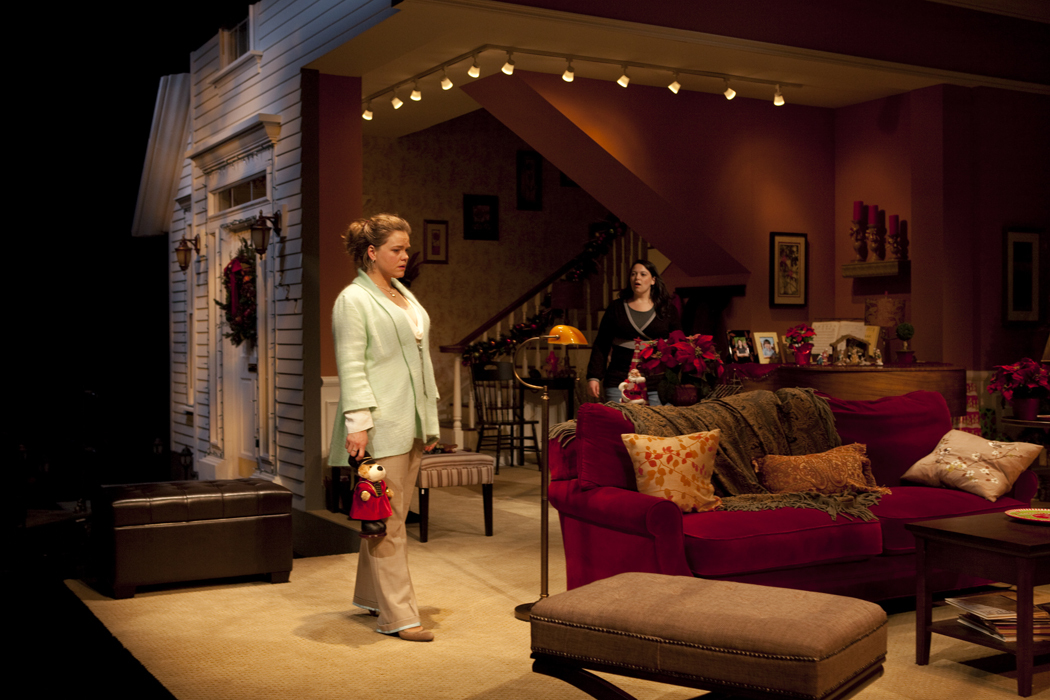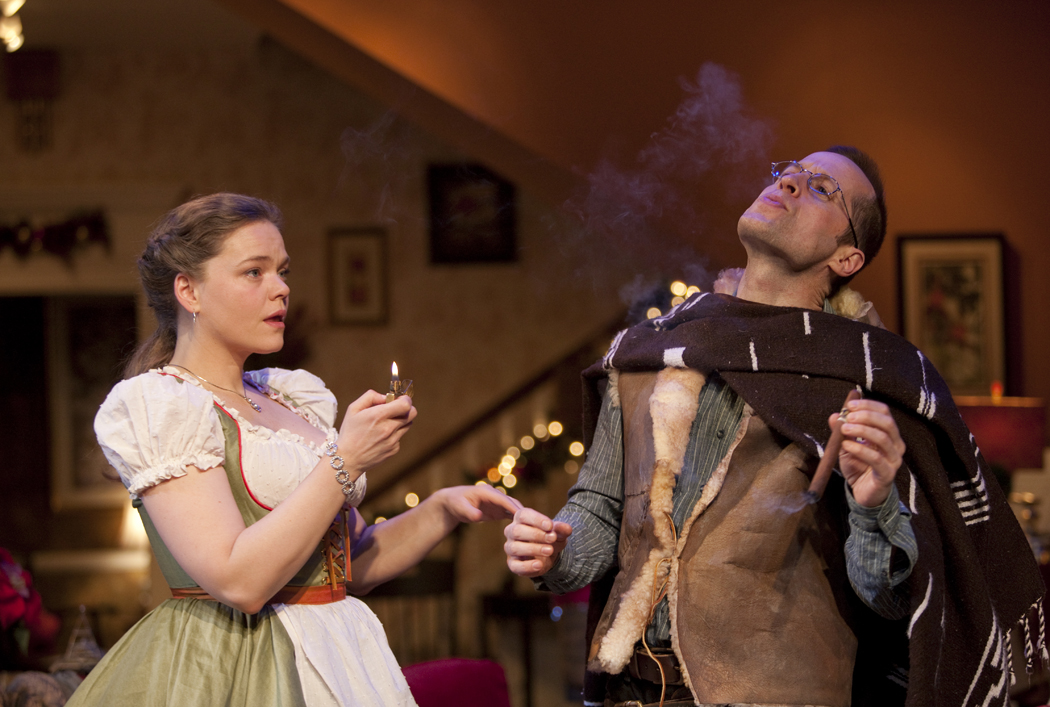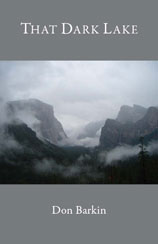Continuing a theme: on letter writing: I’ve written and mailed two handwritten cards in the last few days, and I’ve been a magnet, recently, for books about letters. One is a book that came out a couple of years ago, Other People’s Love Letters: 150 Letters You Were Never Meant to See, edited by Bill Shapiro. The other was Ben Greenman’s forthcoming collection of short stories, What He’s Poised to Do.
Bill Shapiro’s book appeared before me, in perfect condition, at a tag sale. I’m not sure it had ever been read. It had almost certainly been given as a romantic gift to someone (the book lacked an inscription, so I can’t prove that; but experience as a bookseller tells me the odds are good). The book looked unread. Clearly the owner had decided, “All right: enough’s enough, I don’t need this anymore.” And the book was banished to the church tag sale donation pile, along with old children’s books, dogeared and chewed up, and bad cookbooks, bought with good intentions but never used.
I bought it because its appearance was, I felt, a Sign. A few days previous to this, an old friend of mine -- someone with whom I engaged in extensive written correspondence for years and years (we now communicate, sporadically, via email) sent me a copy of Ben Greenman’s forthcoming collection of short stories. My friend clearly thought, “Hm, stories about letters. Who would want to read this? Oh: Eva.” I’m not sure what this says about me, but I’ll take it. The book was sent, received, and read pretty much in the same little windows of time in which I acquired and read the Bill Shapiro book, and it’s been an interesting little experiment, continuing what seems to be an ongoing concern of mine: what it means to write letters to anyone these days.
I don’t have any hard and fast proclamations on the subject but one thing is clear to me: people can say all they want that letter writing is dead, but it clearly is not.
Shapiro’s book is fascinating in that voyeuristic way you’d expect. It’s fun to leaf through -- some of the letters are just beautiful to behold, some of them are really works of comic genius, and some of them are gut-wrenchingly sad; you remember every stage of your own roller-coaster ride through romantic life as you go through the book -- but it’s not a book I lingered over.
Greenman’s book, on the other hand, is more of a challenge. The book isn’t a collection of letters; it’s a book wherein letters are central characters in their own right. The fourteen stories in What He’s Poised to Do are set in different places and different times. Each story starts with its title and a postmark serving as a dateline (“Seventeen Different Ways to Get a Load of That,” Lunar City, 1989; “Against Samantha,” New York City, 1928), which is a nice touch.
I’m afraid that, the older I get, the less good I am with fiction. I read it less and less, and I have a harder time just enjoying it. So I balked, a little, but I found Greenman’s collection houses really delicately good pieces. This will not surprise Greenman’s fans. He is a nimble and clever writer. His essays are always a pleasure to read; I now would actually like to go take a look at the novel he recently published, Please Step Back.
In What He’s Poised to Do, there were several stories that left me uninterested, unintrigued, completely, in what the characters had to say. But then, others crawled into my head and wouldn’t leave. Greenman’s collection is noteworthy. To elaborate on that much would, I feel, crush the stories -- they’re kind of like butterflies that way -- but the last story in the book, “Her Hand,” really struck me particularly. I read it once and immediately read it again, though it was hardly heartwarming. It’s a four page long quiet sigh of resignation.
The personally-directed written word -- letter, postcard, email -- written to be read by one person and one person only, is alive and well. Even if reading it doesn’t always make you happy. I’m going to go listen to the Bay City Rollers’ “Rock and Roll Love Letter,” followed by the Box Top’s “The Letter,” and see if I can cheer myself up.
 The Long Wharf Theatre production of Henrik Ibsen's A Doll's House managed a surprising feat: it made the play more entertaining without significantly altering it. If you're a purist who wants to see Ibsen played straight, it does that; but if you think that a play like ADH, with its winsome wifey who gets into some hot water due to an "innocent" forgery, then gets out of it only to slam the door on her happy-ever-after home, is a bit dated and could use some kind of make-over, well, this show does that too.
The Long Wharf Theatre production of Henrik Ibsen's A Doll's House managed a surprising feat: it made the play more entertaining without significantly altering it. If you're a purist who wants to see Ibsen played straight, it does that; but if you think that a play like ADH, with its winsome wifey who gets into some hot water due to an "innocent" forgery, then gets out of it only to slam the door on her happy-ever-after home, is a bit dated and could use some kind of make-over, well, this show does that too.
 “Art” by Yasmina Reza first appeared in Paris in 1995. Shortly afterwards it was translated into English for the British stage and turned up at the Royale Theatre (now the Bernard B. Jacobs Theatre) on Broadway on March 1, 1998. The cast was stellar for this three-person play, performed without intermission. The six-month Broadway run included Alan Alda, Victor Garber, and Alfred Molina, all well known film and theatre performers.
“Art” by Yasmina Reza first appeared in Paris in 1995. Shortly afterwards it was translated into English for the British stage and turned up at the Royale Theatre (now the Bernard B. Jacobs Theatre) on Broadway on March 1, 1998. The cast was stellar for this three-person play, performed without intermission. The six-month Broadway run included Alan Alda, Victor Garber, and Alfred Molina, all well known film and theatre performers. Bernard-Marie Koltès' Battle of Black and Dogs (Combat de nègre et de chiens), translated by Michaël Attias, and directed by Robert Woodruff, is the second play this season at the Yale Rep to take us to vague environs in Africa to witness a drama among a small group of people cut off from the world at large. Like Danai Gurira's Eclipsed, BBD places us in a compound, but this time it's a "construction site run by a foreign company in a West African country, anywhere from Senegal to Nigeria," where the main characters, white and French, are confronted by Alboury (Albert Jones), a member of a local Wolof tribe who wants to retrieve the body of a worker at the site who has recently died or been killed.
Bernard-Marie Koltès' Battle of Black and Dogs (Combat de nègre et de chiens), translated by Michaël Attias, and directed by Robert Woodruff, is the second play this season at the Yale Rep to take us to vague environs in Africa to witness a drama among a small group of people cut off from the world at large. Like Danai Gurira's Eclipsed, BBD places us in a compound, but this time it's a "construction site run by a foreign company in a West African country, anywhere from Senegal to Nigeria," where the main characters, white and French, are confronted by Alboury (Albert Jones), a member of a local Wolof tribe who wants to retrieve the body of a worker at the site who has recently died or been killed. Review of
Review of